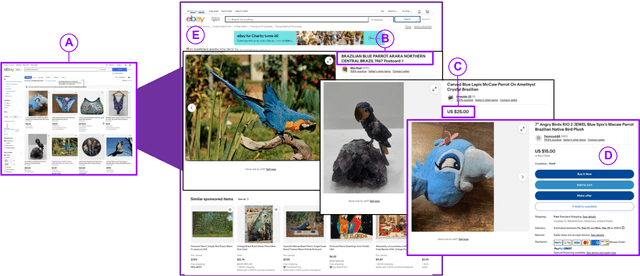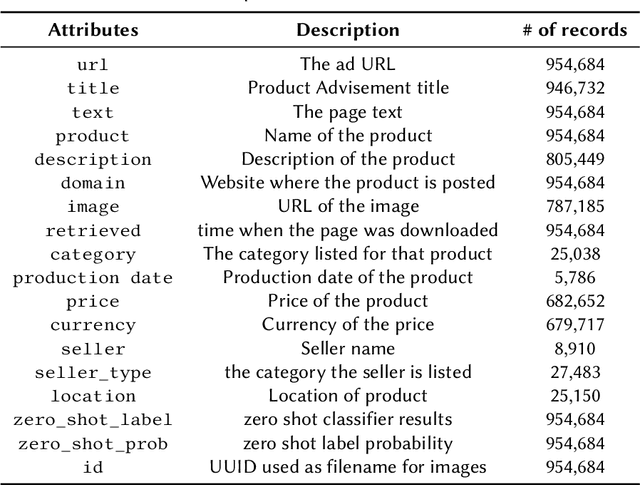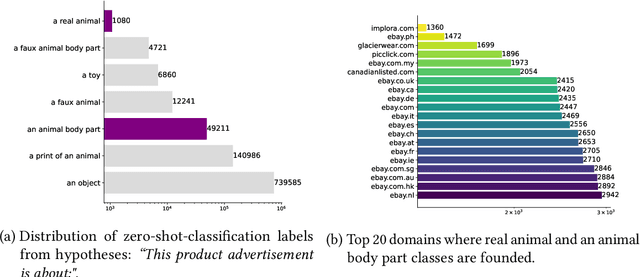Juliana Barbosa
A Flexible and Scalable Approach for Collecting Wildlife Advertisements on the Web
Jul 26, 2024



Abstract:Wildlife traffickers are increasingly carrying out their activities in cyberspace. As they advertise and sell wildlife products in online marketplaces, they leave digital traces of their activity. This creates a new opportunity: by analyzing these traces, we can obtain insights into how trafficking networks work as well as how they can be disrupted. However, collecting such information is difficult. Online marketplaces sell a very large number of products and identifying ads that actually involve wildlife is a complex task that is hard to automate. Furthermore, given that the volume of data is staggering, we need scalable mechanisms to acquire, filter, and store the ads, as well as to make them available for analysis. In this paper, we present a new approach to collect wildlife trafficking data at scale. We propose a data collection pipeline that combines scoped crawlers for data discovery and acquisition with foundational models and machine learning classifiers to identify relevant ads. We describe a dataset we created using this pipeline which is, to the best of our knowledge, the largest of its kind: it contains almost a million ads obtained from 41 marketplaces, covering 235 species and 20 languages. The source code is publicly available at \url{https://github.com/VIDA-NYU/wildlife_pipeline}.
 Add to Chrome
Add to Chrome Add to Firefox
Add to Firefox Add to Edge
Add to Edge